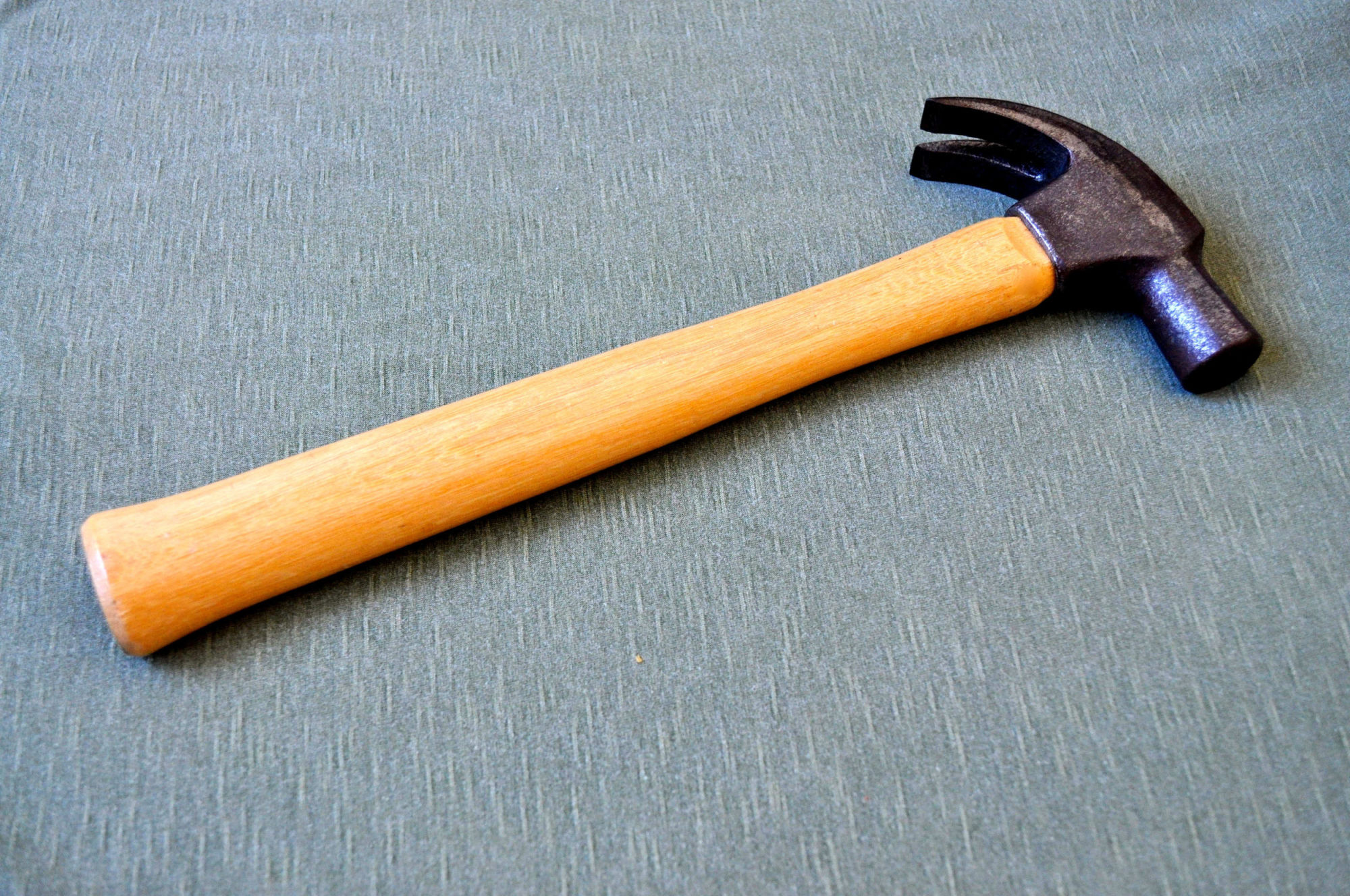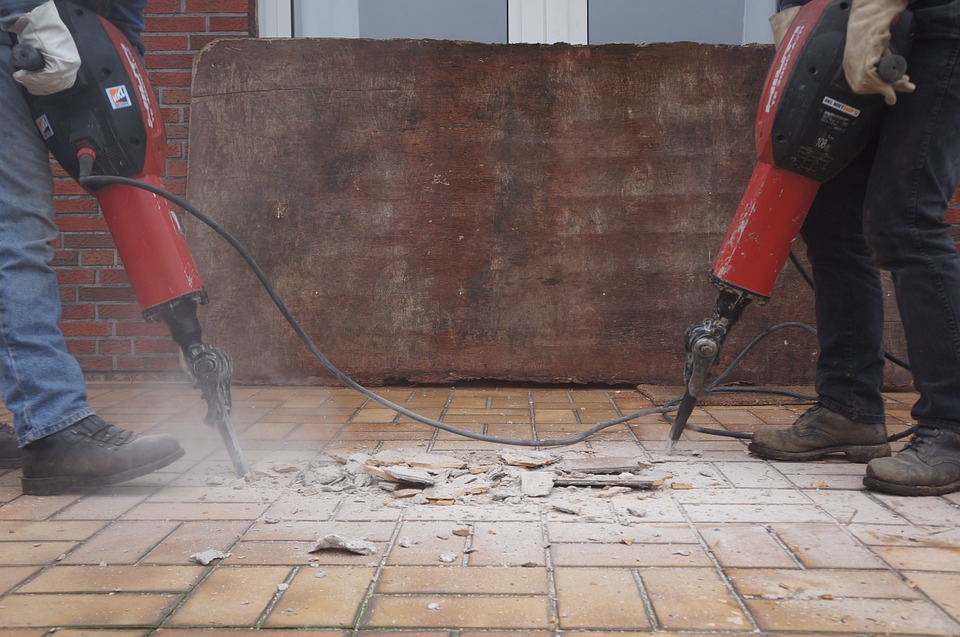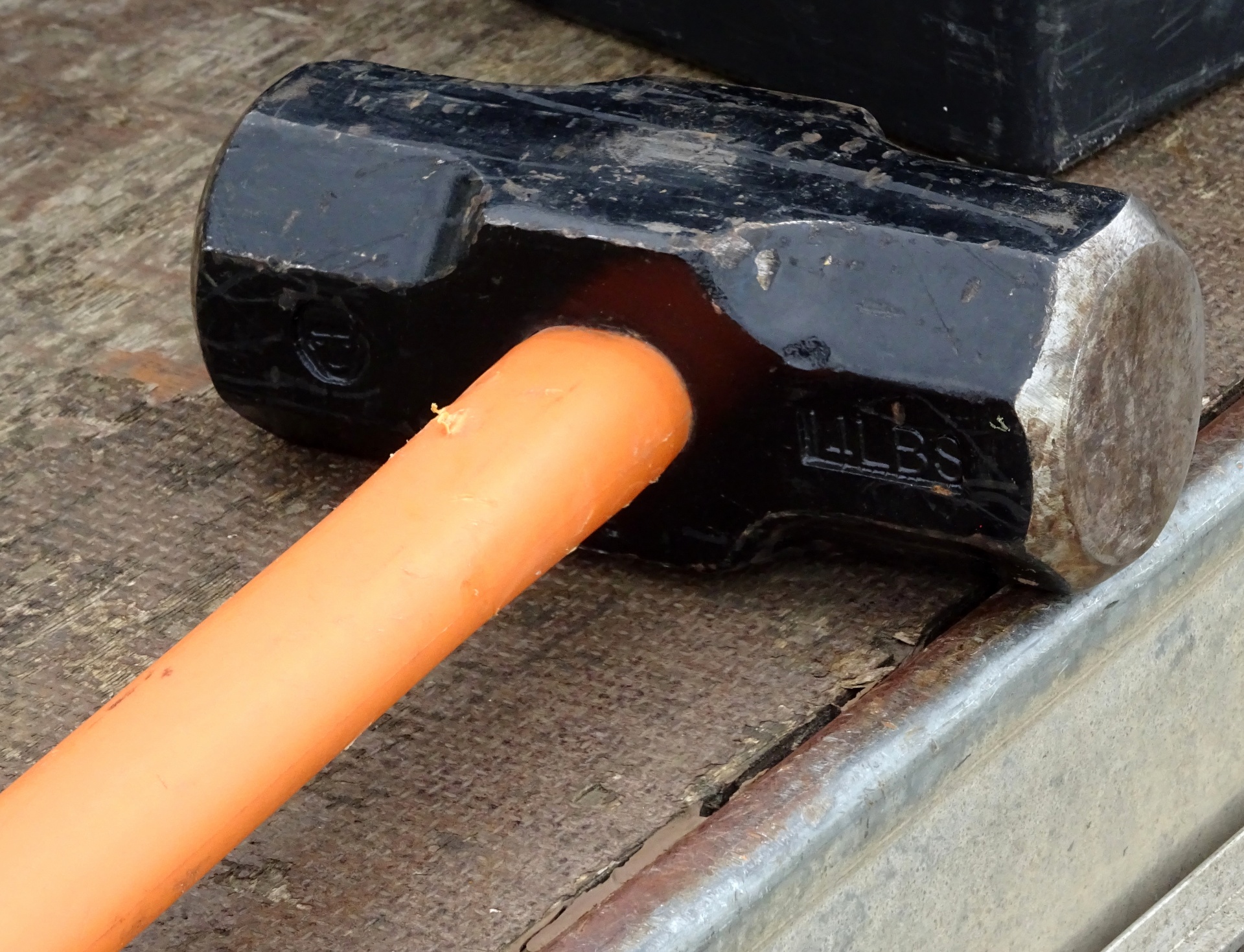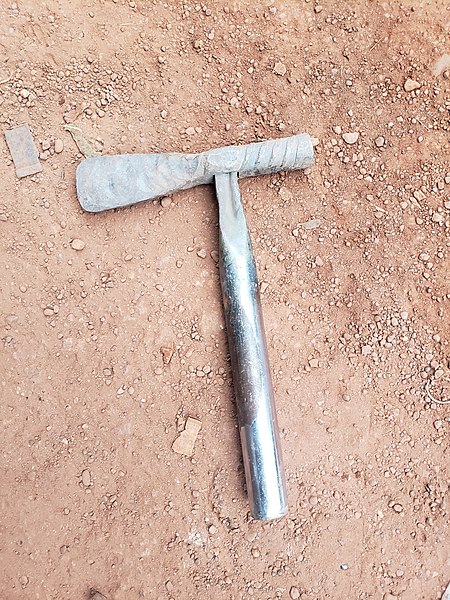A hammer is one of the most ubiquitous instruments found in nearly every household. Each of the many distinct varieties of hammers has a specific function.
Jack Hammer
A jackhammer is a crucial tool in the construction business, but it is also one of the most difficult to control. In construction operations, jackhammers are used to demolish old concrete, remove pavement, and demolish a variety of other surfaces.
Photo Courtesy: Pixabay
Claw Hammer
This is the most common hammer for general work, having a wooden (typically hickory) or glass-fiber or steel handle and a rubber grip. 455-680g are the most popular weights (16 to 24oz). The Claw hammer is usually curved and has a ‘V’ cut-out for removing nails from wood. The claw can be used to lift floorboards or in other situations where a lever is needed.
Ball Peen Hammer
The peen in this example is rounded and is typically employed by engineers for shaping metal and closing rivets. Ball peen hammer ranges in size from 55 to 1100 grams (4 oz to 2 lb), with 110 to 165 grams (8 oz to 12 oz) being the most suitable for general use.
Cross and Straight Peen
The peen can be at right angles to the handle or parallel to it, as it is mostly used for shaping metal. The cross peen is the most helpful in the home, as it may be used to start panel pins and tacks.
Cross Peen Hammer
Ideal for light carpentry and cabinetwork, this lighter version of the Cross and Straight Peen hammer. 55g in weight (4oz).
Club Hammer
It has a double-faced head and is suitable for light demolition work, as well as driving steel chisels and masonry nails. Wearing safety eyewear and working gloves is recommended because debris is likely to fly.
Sledge Hammer
The sledgehammer is used for more difficult tasks like driving stakes or breaking up concrete, stone, or masonry. For lesser chores, the hammer’s head weight may suffice, but for heavier work, the hammer is wielded like an ax.
Photo Courtesy: Public Domain Pictures
Joiner’s Mallet
Where a metal-faced hammer might inflict harm or bruising, this hammer is used to drive chisels or tap wood joints together. To provide proper contact with the work, the head is somewhat tapered.
Soft-faced Hammer
There are several sorts available, including hard and soft rubber, plastic, and copper faces. Some come with a selection of interchangeable faces. Useful for striking things like chrome wing outs that would be damaged by a steel face.
Dead Blow Hammer
The head of a dead blow hammer is designed for delicate hits with little return. A dead blow hammer can be used for dislodging parts, pounding wood apart or together, or mending small dents without marring the surface in automotive or carpentry applications.
Framing Hammer
It gets its name from the fact that its principal duty is to put together house frames. The waffled head of this hammer reduces slippage when driving nails, but it mars the surrounding wood.
Rubber Mallet
The most frequent mallet is this one. It has a rubber head that can withstand soft hits. Woodworking, upholstery, and sheet metal all benefit from the use of a rubber mallet.
Tack Hammer
The tack hammer has a large claw-like head with a magnetized side on one side. They’re made to stay in place thanks to the magnetic end.
Blocking Hammer
On one side, a blocking hammer has a cylinder head, while on the other, it has a flat square head. These hammers are commonly used by blacksmiths and may shape metal on an anvil or a block.
Brass Hammer
A slender, cylindrical double head is featured in this style. It’s used to pound steel pins without scratching the surrounding surface.
Blacksmith Hammer
The blacksmith’s hammer has comparable properties to a sledgehammer, except the length of the handle and the slightly tapered second head. The most common application of a blacksmith’s hammer is to shape white-hot steel.
Photo Courtesy: Wikimedia Commons
Brick Hammer
The claw of a brick hammer can be used as a chisel for scoring, and the thin head can fracture bricks. It comes in handy for construction tasks like bricklaying. A masonry hammer is another name for a brick hammer.
Bushing Hammer
This hammer may easily be mistaken for a meat tenderizer based on its appearance. It has a double-sided head with rough surfaces on both sides. It’s used to give the stone a rough texture, either for aesthetic reasons or to make a stone walkway less slippery.
Drywall Hammer
This hammer has a straight peen and a peculiar end that looks like a hatchet and has a notch on the bottom. This notch is used to hold nails in place without damaging the drywall paper, while the pein blade is used to remove superfluous drywall pieces.
Hatchet Hammer
The axle blade on this hammer gives it an interesting appearance. It may be utilized for a wide range of tasks, making it ideal for use as an emergency toolkit.
CITATIONS:
- Author, Melissa Email. “16 Different Types of Hammers and Their Uses.” Incubar, 17 Feb. 2021, incubar.net/16-different-types-of-hammers-and-their-uses/. Accessed 8 Oct. 2021.
- “Different Types of Hammers – What There Are, and What Each Type Is Designed For.” Diydata.com, 2019, www.diydata.com/tool/hammer/hammers.php.
- “Do You Know How to Safely Use an Electric or Pneumatic Jackhammer?” The Balance Small Business, www.thebalancesmb.com/how-to-use-a-jackhammer-844942.
![]()













